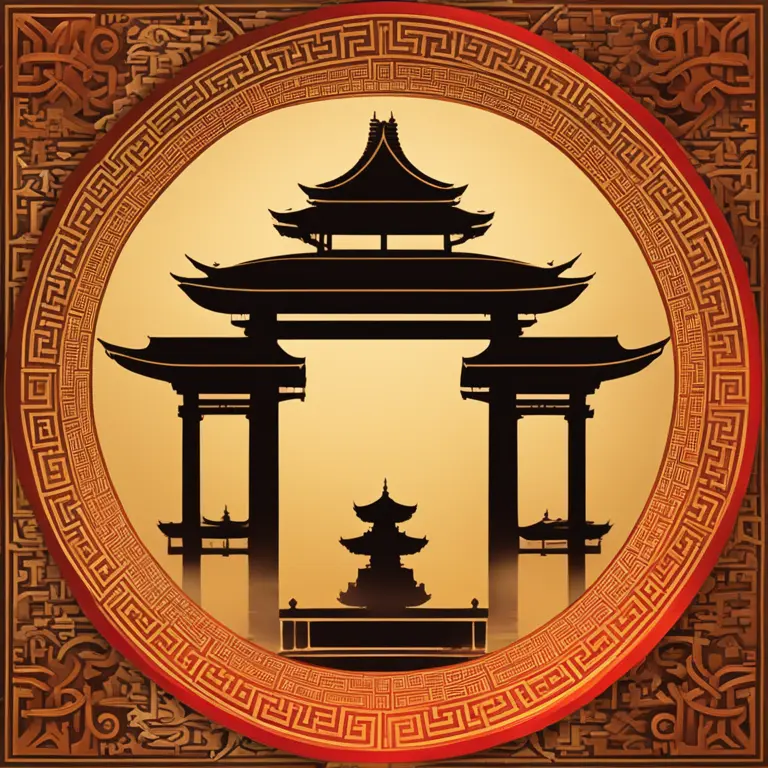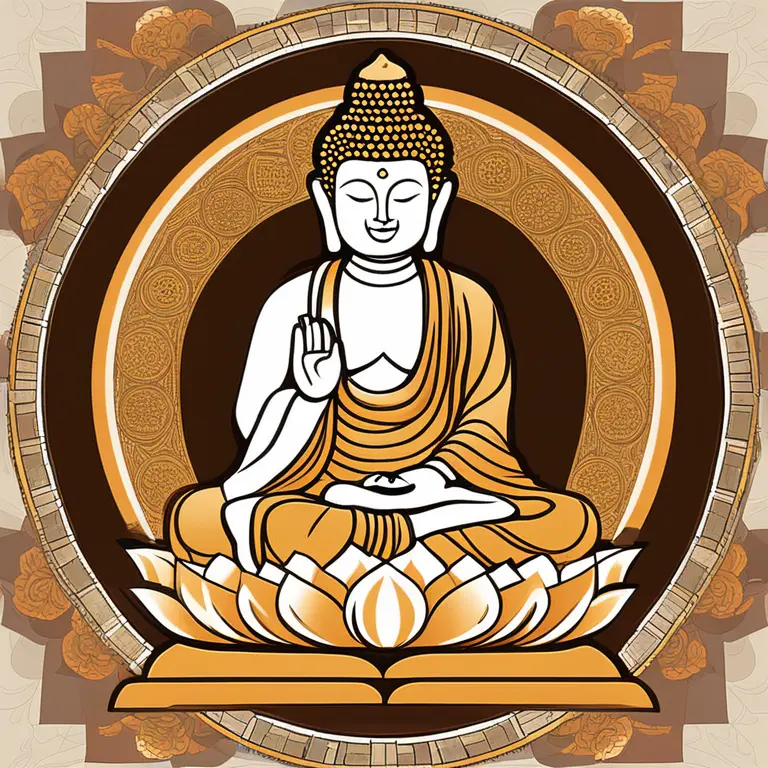
The Origins of Meditation: An Ancient Roots
Trace the ancient roots and development of meditation across different cultures and its evolution into modern practices.
article by Hina Kurosawa
The Dawn of Meditation
Long before meditation became a staple in wellness culture, it was an integral part of spiritual traditions worldwide. The earliest documented records trace it back to the Indian subcontinent around 1500 BCE. Within the sacred Hindu scriptures known as the Vedas, meditation or "dhyana" was described as a means to spiritual connection and enlightenment. As ages passed, this practice became deeply embedded in the cultural fabric of not just Hinduism, but also Buddhism and Jainism, religions that shared the Indian cradle of ancient wisdom.

Meditation Across Borders
Meditation's journey is a tale of cultural exchange. By the 6th to 5th centuries BCE, with the establishment of the Silk Road, ideas and practices, including meditation, began to cross from India to Central Asia and China. It was here that meditation found resonance within Taoism and later within Zen Buddhism. Each culture adapted the practice, adding unique philosophies and techniques, thus offering a diverse range of meditative practices across the Asian continent.

The Buddhist Influence
Buddhism played a pivotal role in the spread of meditation. Siddhartha Gautama, known as the Buddha, mastered and then transcended the mediation methods of his time, reaching enlightenment around the 5th century BCE. His teachings on meditation became central to Buddhism, focusing on mindfulness and concentration to overcome suffering. These practices were meticulously preserved and transmitted through generations of monks and lay practitioners.

Meditation Enters the Western World
Western encounters with meditation began with early travelers and missionaries who ventured to Asia, but it wasn't until the 20th century that meditation gained significant traction in the West. The convergence of the beat generation's interest in Eastern philosophy and the arrival of Asian spiritual teachers brought meditation to American and European shores. The counterculture of the 1960s and 1970s embraced meditation as a practice for personal and societal transformation.

Scientific Validation and Modern Adaptation
As the West grew more curious about meditation's benefits, the latter half of the 20th century saw a surge in scientific research. Landmark studies in the field of psychophysiology began observing the positive effects of meditation on the brain and body, providing a secular and scientific framework that appealed to the broader public. This body of research helped normalize meditation, leading to its integration into health systems and corporate wellness programs—not as a spiritual practice, but as a tool for stress reduction and mental health.
Meditation in the Digital Age
With the dawn of the 21st century and the rise of technology, meditation practices have been reinvented through digital platforms. Mindfulness apps, online meditation communities, and virtual retreats have broadened access and tailored experiences for diverse audiences. While the essence of meditation remains unchanged, its delivery and accessibility continue to evolve with our digital landscape, securing its place in the modern world's pursuit of wellness.
Published: 1/14/2024
Modified: 1/15/2024
More predictions
Come back here soon to learn more about yourself and your future


Calming the Storm: Mindfulness Meditation for Anger
Discover how mindfulness meditation can be a powerful tool for anger management, promoting inner peace and emotional balance.


Mindfulness Meditation: A Handbook for High Schoolers
Discover how mindfulness meditation can benefit high school students, enhancing focus, reducing stress, and promoting overall well-being.


Easing Loneliness with Meditation
Discover how mindfulness meditation can provide solace and connection to mitigate feelings of loneliness, enhancing emotional and mental well-being.